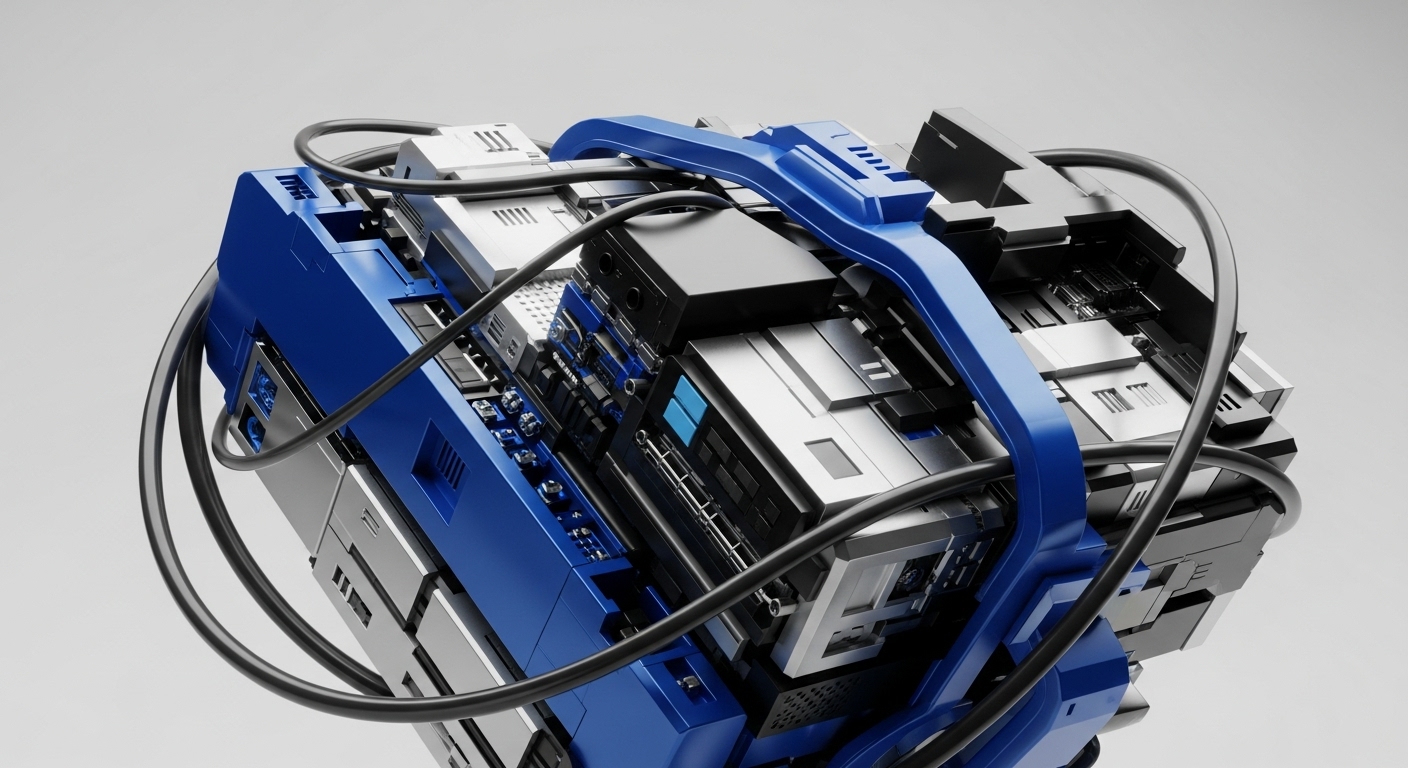
Briefing
Global asset manager BlackRock has successfully scaled its tokenized money market fund, BUIDL, to become the world’s largest on-chain asset vehicle, fundamentally shifting the institutional digital asset landscape. This integration transforms a traditional, highly regulated financial product into a programmable asset, immediately reducing counterparty risk and eliminating legacy settlement delays for corporate treasuries and large investors. The initiative quantifies the strategic pivot, with the BUIDL fund now managing over $2.9 billion in tokenized U.S. Treasury assets.

Context
The traditional process for transacting in money market funds and other short-term debt instruments is burdened by multi-day settlement cycles (T+2 or T+1) and the reliance on a fragmented network of intermediaries, including custodians, transfer agents, and clearing houses. This systemic friction introduces significant capital lockup, limits the utility of assets as real-time collateral, and prevents true 24/7 global market operations, thereby hindering optimal treasury liquidity management.

Analysis
This adoption directly alters the treasury management and asset issuance systems by leveraging a DLT platform. The chain of cause and effect is precise ∞ Tokenizing the fund’s shares creates a digital representation of ownership on a distributed ledger, eliminating the need for manual record-keeping and central transfer agents. This allows for the instantaneous, peer-to-peer transfer of fund shares (T+0 settlement) via smart contracts.
For the enterprise and its partners, this transition unlocks capital that was previously trapped in settlement pipelines, enabling assets to be immediately pledged as collateral or used in other on-chain financial operations. The significance for the industry is the establishment of a compliant, high-value benchmark, validating the use of public blockchain infrastructure for core capital market functions and forcing competitors to accelerate their own tokenization roadmaps.

Parameters
- Issuer ∞ BlackRock
- Product Name ∞ BUIDL (BlackRock USD Institutional Digital Liquidity Fund)
- Asset Class ∞ U.S. Treasuries / Money Market Funds
- Tokenized Value ∞ $2.9 Billion
- Blockchain Protocol ∞ Ethereum
- Core Use Case ∞ Institutional Liquidity and Collateral Management

Outlook
The immediate next phase involves expanding BUIDL’s utility by integrating it with institutional DeFi protocols to enable tokenized asset lending and automated collateralization across different DLT environments. This move will establish a new industry standard where tokenized funds are the default form for institutional liquidity, placing immense competitive pressure on traditional custodians and fund administrators whose business models rely on settlement latency. The second-order effect will be the rapid tokenization of other illiquid asset classes, including private equity and real estate, using this fund structure as the compliance template.

Verdict
BlackRock’s BUIDL fund validates that institutional-grade tokenization of real-world assets is the definitive path to achieving systemic capital efficiency and 24/7 global market operations.
